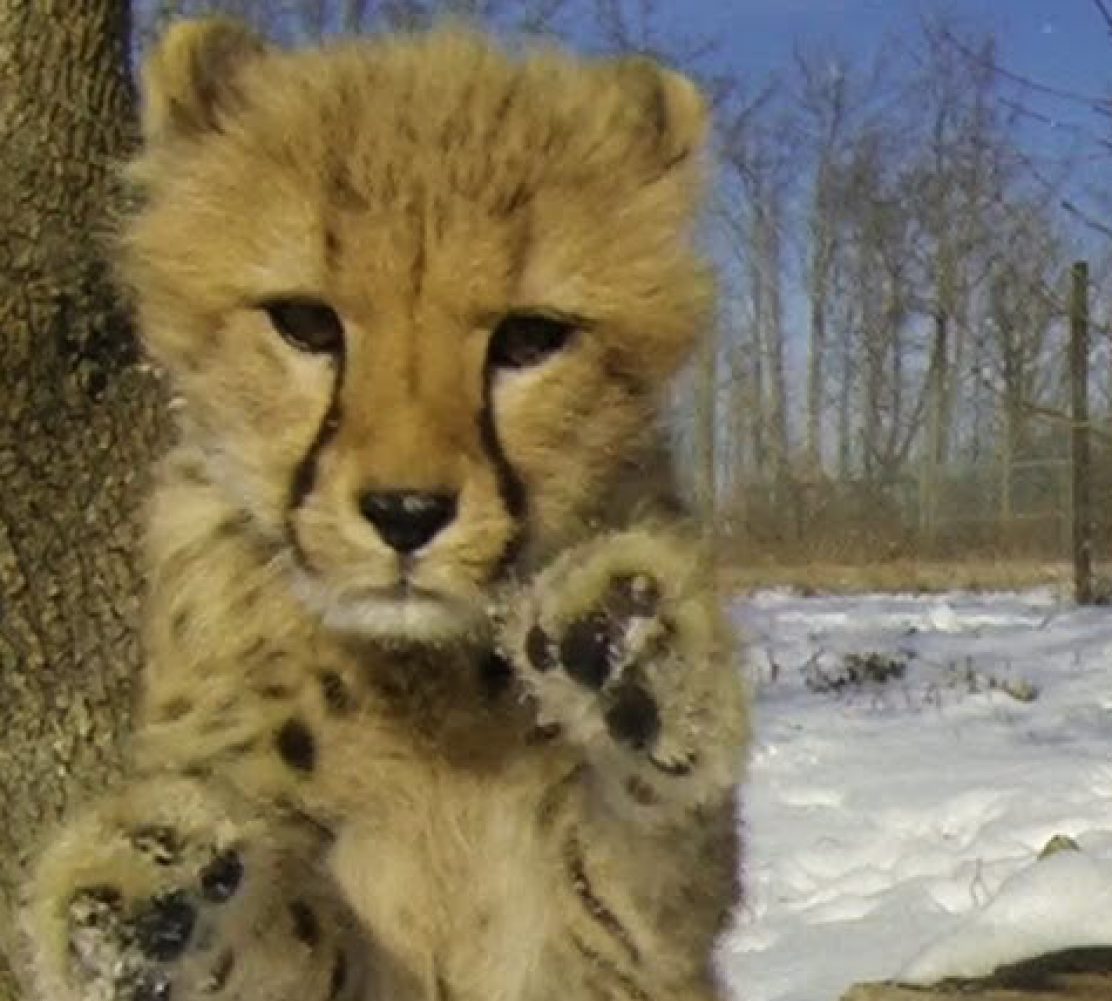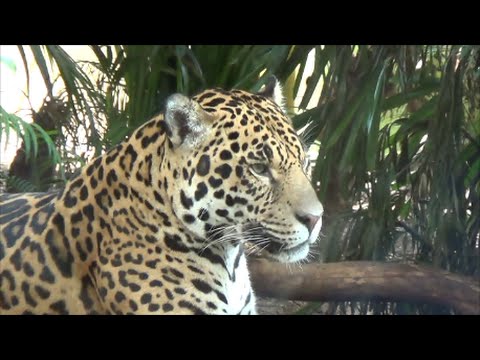Described by Forbes Magazine as among the world’s best 15 zoos in 2007 and ranked in 2015 by TripAdvisor as the world’s seventh best and most acclaimed zoo in the United Kingdom, Chester Zoo is a zoological garden located in Cheshire, England.
First opening in 1931 at 51 ha, Chester Zoo is one of the UK’s largest zoos today with a total land holding of approximately160 ha.
Operated by the registered charity founded in 1934 known as the North of England Zoological Society Chester Zoo receives no government funding. With more than 1 million visitors in 2014 the zoo is recognized as the most-visited wildlife attraction in the UK.
Interesting Facts About Chester Zoo
• The idea for developing the Chester Zoo was first conceived in 1903 by George Mottershead as a child and after his visit to the Belle Vue Zoo in Manchester. Wounded in the First World War and confined for a number of years in a wheelchair Mottershead who by now had a large and growing collection of animals bought the Oakfield Manor located in the country village of Upton by Chester as home for his zoo. Purchased in 1930 at a cost of £3,500 the house which was situated on had 3.6 ha of gardens provided easy access to the railways and to Liverpool and Manchester.
• Despite the many local objections Chester Zoo was opened to the public on June 10, 1931. The first animal exhibits were displayed in pens located in the courtyard.
• Following the Second World War Chester Zoo expanded rapidly in spite of the difficulty experienced sourcing materials. In 1950 the zoo built its polar bear exhibit from recycled pillboxes and wartime road blocks. During this period the zoo’s slogan was “Always building.” Mottershead who was awarded the OBE, honorary degree of Msc also served as President of the International Union of Zoo Directors.
• George Mottershead died in 1978 at the age of 84.
• Influenced by the ideas of Carl Hagenbeck who created the modern zoo concept and by a pioneer of ethology Heini Hediger, it was Mottershead’s vision to build a zoo without the conventional Victorian iron bars used to cage the exhibits.
• Mottershead used Hagenbeck’s concept for moats and ditches as an effective alternative to traditional cage bars, and further extended their use throughout Chester Zoo at times with species that Hagenbeck had not yet considered. Such as in 1956, when chimpanzees were released into their new habitat which consisted of a group of grassy islands separated from visitors by no more than a strip of water of about 3 meters. In spite that no one had given consideration whether the chimps could swim the idea was a huge success as it turned out the chimpanzees were unable to swim. Today the zoo’s chimpanzee exhibit is recognized as one of the zoo’s most notable attractions.
• With the enactment of the Zoo Licensing Act in 1981 Chester Zoo was enclosed with a fence in 1986.
• In 2007 the zoo expanded its orangutan exhibit with the opening of the Realm of the Red Ape.
• In 2009 the zoo published its £225 million plan known as the Natural Vision which proposed to transform the zoo into Europe’s largest conservation attraction. Phase one was planned as a 140 acre enclosed African rainforest-themed exhibit for housing a band of gorillas, a collection of various tropical birds, fishes, and other animals. The exhibit which was planned to include a water ride for transporting visitors would later also include a Conservation College, a 90 room hotel and a redesigned main entrance connecting the zoo to a marina scheduled to be developed and completed by 2018.
• The loss of potential funding from the now abolished North West Regional Development Agency resulted it the shelving of the planned hotel as well as construction of the Heart of Africa biodome.
• The later phase of the zoo’s Natural Vision plan was approved in 2012. Recognized as one Europe’s largest zoo developments, Islands at the Chester Zoo is a redevelopment project set to recreate six islands of the South East Asia exhibit and expand the zoo’s footprint.
Chester Zoo Live Webcams
Giant Otters and Penguins Web Cam
In 2010 the zoo no longer housing Californian sea lions converted the paddock for a new species of giant otters during the late winter. The species which were shown for the first time that year bread their first cubs in 2013.
View Penguin webcam.
By visiting the link shown viewers can also watch a large breeding group of over 50 Humboldt penguins from an underwater viewing window.
Forest Zone and Butterfly Journey Web Cam
Chester Zoo’s north east area is primarily known for its forest-dwelling species. In addition to as its condors, chimpanzees, jaguars, okapis, and Tropical Realm, there are areas for Congo buffalo, Malayan tapir and red river hogs. There is also a nearby paddock for the zoo’s Rothschild giraffes. Near the exit of the Tropical Realm is a proposed habitat for Aye-ayes as well as an enclosure for blue jays, red-knobbed curassows and a collection of native sand lizards. The exhibit previously used for the zoo’s manned wolves has beed replaced by a the Butterfly Journey featuring exotic species of free-flying butterflies and moths.
View Butterfly webcams.
Fruit Bat Forest Web Cams
Chester Zoo’s Fruit Bat Forest is Europe’s largest free-flying bat cave. The cave which houses three species of bat namely Livingstone’s fruit bats, Rodrigues fruit bats, and the Seba’s short-tailed bat also features other species such as the blind cave fish, Madagascar hissing cockroaches, scorpions and Turkish spiny mice.
View Fruit Bat webcams.
Other Chester Zoo Live Stream Cam Exhibits
Chester Zoo’s other exhibits include the zoo’s former zebra exhibit now used to house Bactrian camel and onager. The paddock which was once only visible from the monorail can now be seen from the Bats’ Bridge also houses a group of Philippine spotted deer.
In 2009, the zoo opened a walk-through bird safari featuring a variety of African bird species. Today the exhibit houses hammerkops, hornbills, lilac-breasted rollers, weaver birds, a variety of waterfowl, as well as several other animal species.
Surrounding the paddocks is a waterway which runs north-south and along which travels the water bus journeying visitors past exhibits such as an island group of white-faced sakis, howler monkeys and Alaotran bamboo lemurs.
Chester Zoo’s southeast corner houses an assortment of animal species including bush dogs, red pandas, Southern pudu and anteaters.
Just a few clicks from the recently redeveloped Rare Parrot Breeding Centre, Chester Zoo’s aviary which was once home to keas and macaws now houses the zoo’s collection of spectacled owls.
Chester Zoo Webcam of Flamingo
The zoo’s collection of Chilean and Caribbean flamingos are kept in shallow water close to a large island habitat for a group of ring-tailed lemurs. In 2007 the zoo completed its new indoor flamingo area which can be viewed by clicking on the web cam link provided below.
View Flamingo webcams.
Zoo Camera Tags:
- chester zoo live
- chester zoo live stream
- chester zoo live webcam

